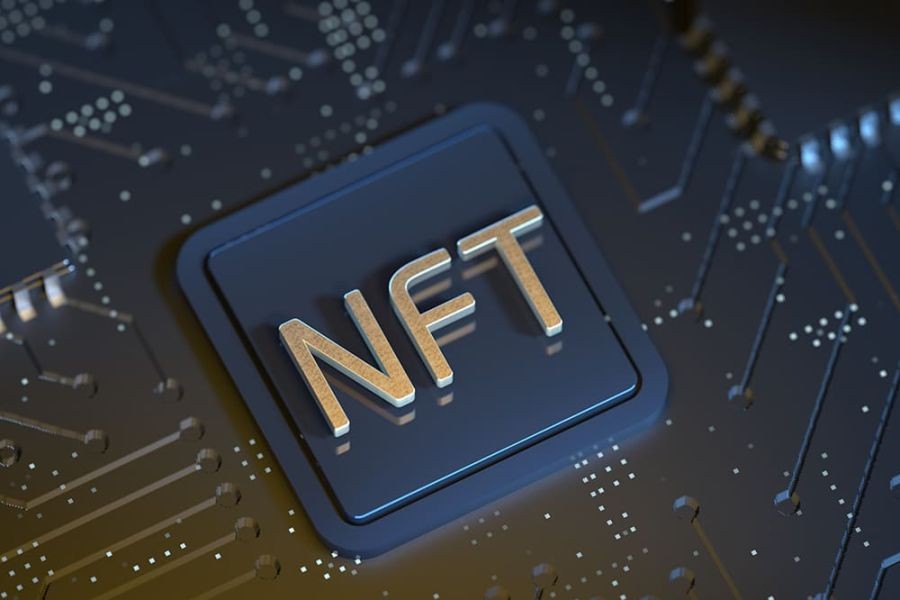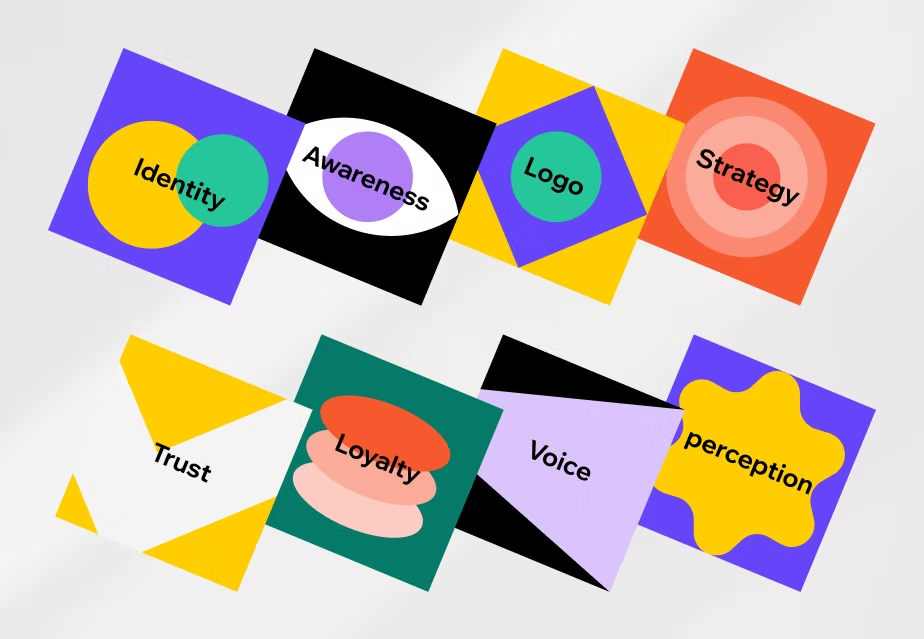In 2021, a digital artwork NFT by Beeple sold for an astounding $69 million USD, capturing the world’s attention and sparking a frenzy in the NFT market. Yet, for every high-profile success, thousands of NFTs languish without buyers. Why are some NFTs worth millions while others crash? This question is particularly relevant to New Zealand’s burgeoning tech industry, where understanding the nuances of digital assets can offer strategic advantages. With the country’s commitment to digital innovation, as highlighted in the Digital Council for Aotearoa's strategy, exploring the intricacies of the NFT market could unlock new economic opportunities.
Case Study: CryptoPunks – A Pioneer in NFT Success
Problem: In 2017, the creators of CryptoPunks, John Watkinson and Matt Hall, faced the challenge of sparking interest in their pixelated art series. Back then, NFTs were largely unknown, and convincing investors of their value was a hurdle.
Action: By leveraging the Ethereum blockchain, they created 10,000 unique characters, each with distinct attributes. They marketed these NFTs as digital collectibles, tapping into the nostalgia of trading cards and the tech-savvy culture of blockchain enthusiasts.
Result: Fast forward to 2023, CryptoPunks have become one of the most iconic NFT collections. A single CryptoPunk sold for over $11.8 million NZD, highlighting the immense value that digital provenance and scarcity can create.
Takeaway: For New Zealand businesses, the success of CryptoPunks underscores the potential of combining innovative technology with cultural trends. By understanding and leveraging blockchain, Kiwi entrepreneurs can craft unique digital products that resonate with global audiences.
Understanding the NFT Market: How It Works
The NFT market is a complex ecosystem driven by several factors, including scarcity, utility, and community engagement. Scarcity is often manufactured through limited releases or unique digital signatures, creating perceived value akin to rare physical collectibles. Utility can enhance an NFT's appeal, offering owners exclusive access or membership benefits. Furthermore, community plays a crucial role; NFTs backed by active, supportive communities are more likely to succeed. As New Zealand's tech scene grows, understanding these dynamics can guide local innovators in creating high-value digital assets.
Data-Driven Insights: The New Zealand Context
According to Stats NZ, the digital economy contributes significantly to New Zealand’s GDP, with digital exports reaching $8.6 billion in 2022. This statistic highlights the potential for blockchain and NFT technologies to enhance the digital export sector. Moreover, the Reserve Bank of New Zealand's exploration into Central Bank Digital Currencies (CBDCs) indicates a growing acceptance of digital assets within the financial system, providing a favorable environment for NFTs to thrive.
Pros and Cons of Investing in NFTs
Pros:
- High Returns: Successful NFTs can yield substantial profits, as seen with high-profile sales like Beeple’s artwork.
- Innovation Potential: NFTs represent a frontier in digital ownership and creativity, offering endless possibilities for innovation.
- Community Engagement: NFTs often foster vibrant communities, enhancing brand loyalty and customer engagement.
Cons:
- Market Volatility: The NFT market is highly speculative, with prices subject to dramatic fluctuations.
- Environmental Concerns: The energy consumption of blockchain technology raises sustainability issues.
- Regulatory Uncertainty: The evolving legal landscape for digital assets can pose compliance challenges.
Common Myths and Mistakes in the NFT Space
Despite their popularity, several misconceptions persist about NFTs. Here are a few myths debunked:
Myth: "All NFTs are overpriced and not worth the investment."
Reality: While some NFTs are speculative, others represent significant technological and cultural value, offering genuine investment opportunities.
Myth: "NFTs are just digital copies of art."
Reality: NFTs involve blockchain technology that certifies ownership and authenticity, differentiating them from mere digital copies.
Myth: "NFTs have no real-world applications."
Reality: NFTs are increasingly used for ticketing, real estate, and identity verification, demonstrating their versatility.
Future Trends and Predictions for NFTs
The future of NFTs in New Zealand and globally looks promising. According to a report by Deloitte, the NFT market could grow by 30% annually over the next five years. This growth will likely be driven by increased adoption in industries such as entertainment, real estate, and gaming. Furthermore, as New Zealand continues to foster a digital economy, the integration of NFTs with local industries could spur new business models and revenue streams.
Conclusion: Navigating the NFT Frontier
For New Zealand’s innovators, the NFT landscape offers both challenges and opportunities. By understanding the factors that contribute to an NFT's value, businesses can strategically position themselves in the digital market. Whether it's exploring new forms of digital art, leveraging NFTs for community engagement, or integrating them into existing business models, the potential is vast. As the digital economy evolves, those who adapt and innovate will thrive. What’s your take on the NFT market? Share your insights and join the conversation below!
People Also Ask (FAQ)
How does the NFT market impact businesses in New Zealand?
NZ businesses leveraging NFTs report enhanced customer engagement and new revenue streams. The NFT market offers opportunities for digital innovation, aligning with the country's digital economy goals.
What are the biggest misconceptions about NFTs?
A common myth is that NFTs are only digital art. However, they have real-world applications in ticketing, real estate, and more, expanding their utility beyond art.
What upcoming changes in New Zealand could affect the NFT market?
By 2026, policy updates in digital asset regulation could shape the NFT landscape. Businesses should stay informed about these changes to remain competitive.
Related Search Queries
- What makes NFTs valuable?
- How to invest in NFTs in New Zealand
- NFT market trends 2024
- Environmental impact of NFTs
- NFTs in the gaming industry
- Digital art marketplace NZ
- NFT regulation in New Zealand
- How to create an NFT
- Future of NFTs in the economy
- NFTs and blockchain technology explained

































shiela89u5282
7 months ago